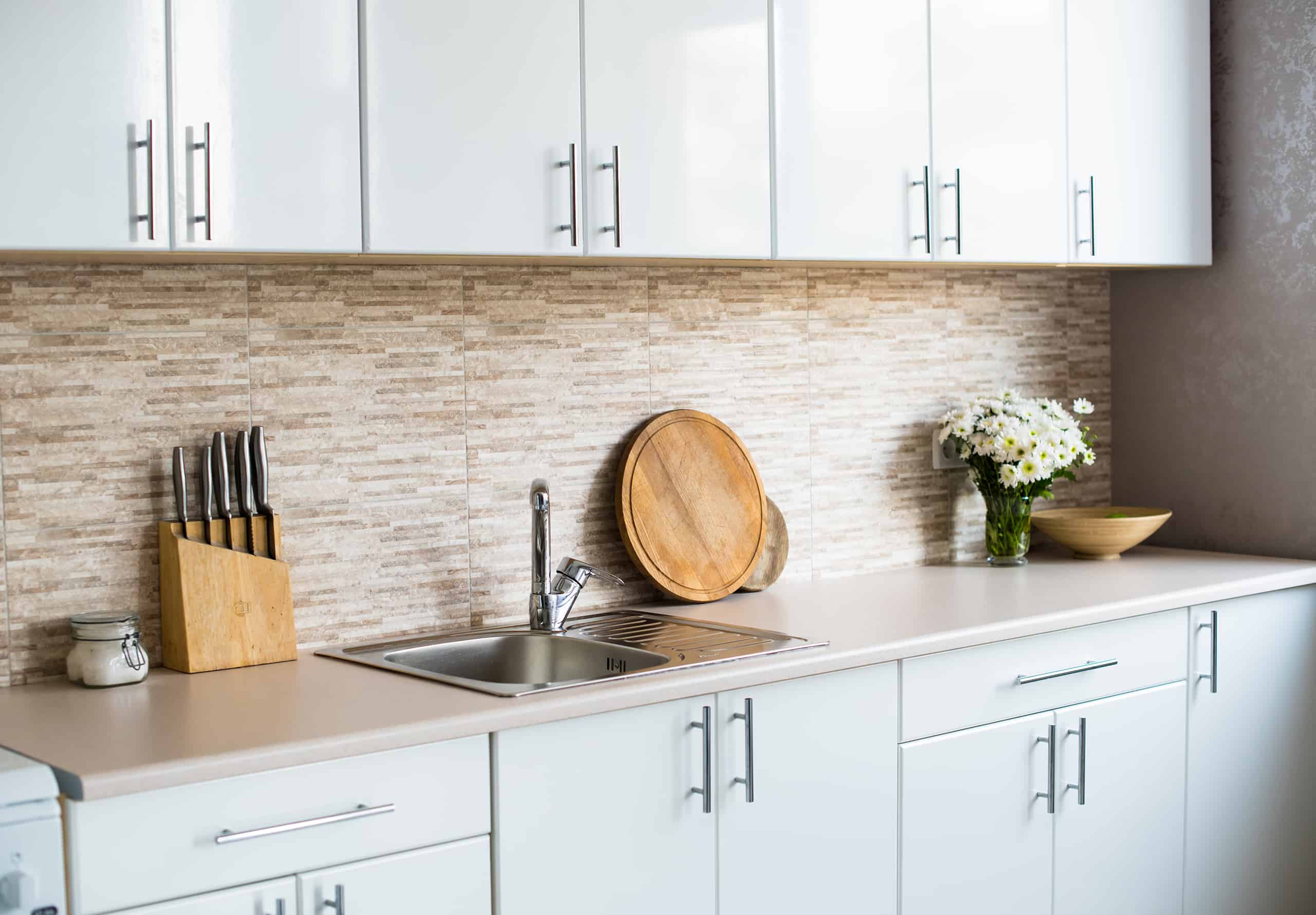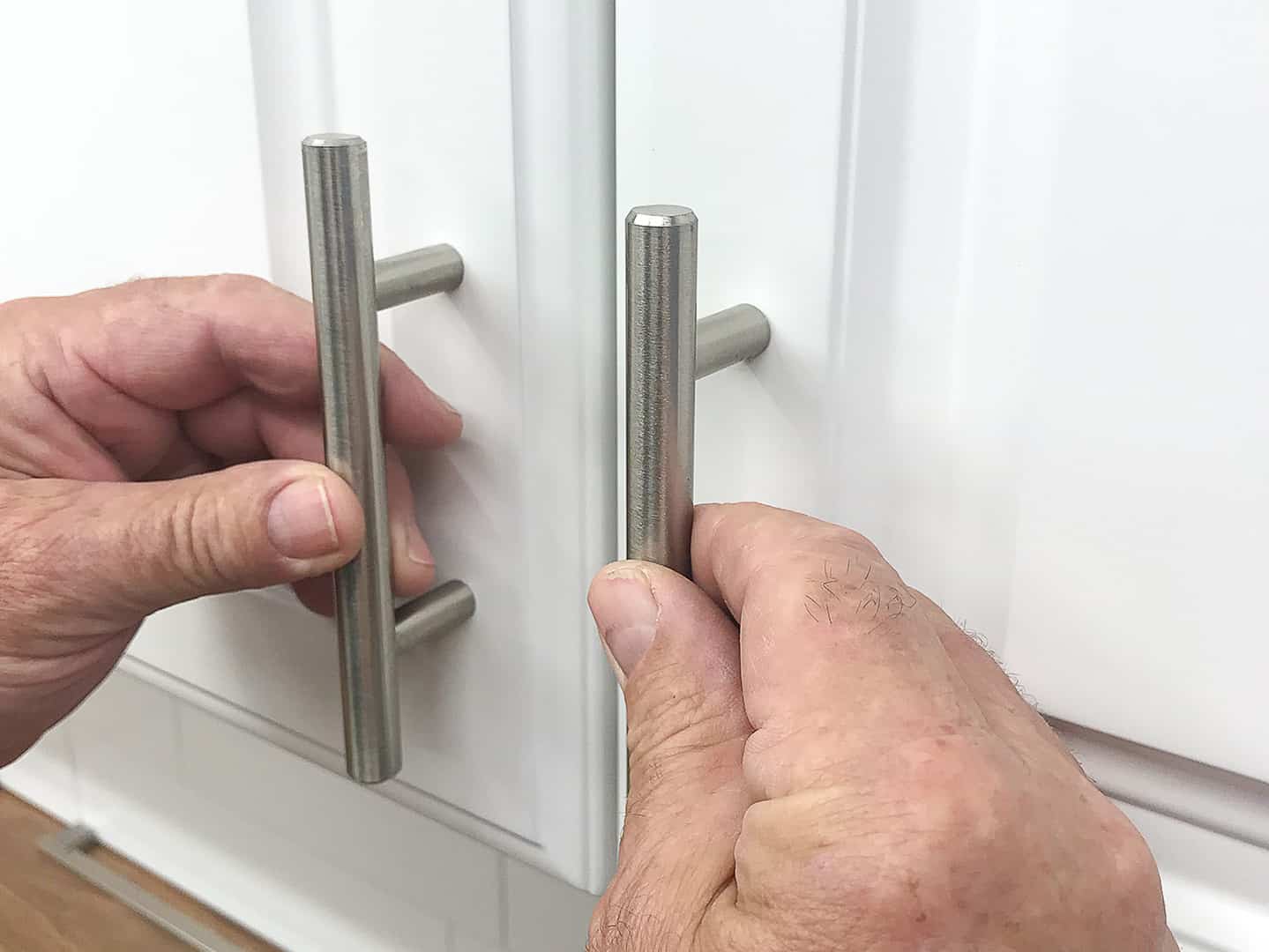Cabinet Door Handle Template Types

Cabinet door handle templates are essential for creating custom cabinet doors and drawers. They provide a visual guide for the placement of handles and other hardware, ensuring a consistent and professional look. There are numerous types of cabinet door handle templates available, each with its unique characteristics and applications. This section will explore some of the most common types of cabinet door handle templates, providing insights into their features, benefits, and applications.
Pull Handles
Pull handles are a popular choice for cabinet doors and drawers, offering a comfortable and secure grip. They come in various styles, each catering to different design preferences and functional needs.
- Bar Pulls: Bar pulls are characterized by their elongated, rectangular shape, typically made of metal. They are available in various lengths and finishes, offering versatility in design. Bar pulls provide a strong grip and are often used on larger cabinet doors or drawers. They are particularly well-suited for modern and contemporary styles.
- Cup Pulls: Cup pulls are a more traditional style, featuring a recessed cup-shaped design. They are often made of metal or ceramic and can be found in a wide range of finishes. Cup pulls offer a more subtle and elegant look, complementing traditional and farmhouse styles. They are commonly used on kitchen cabinets, bathroom vanities, and other furniture pieces.
- T-Bar Pulls: T-bar pulls combine the functionality of a bar pull with the visual appeal of a cup pull. They feature a T-shaped design, with a flat bar extending from a recessed cup. T-bar pulls offer a contemporary and stylish look, suitable for modern and transitional designs. They are often used on cabinets, drawers, and furniture pieces.
Knobs
Knobs are another popular option for cabinet doors and drawers, offering a simple and elegant solution. They come in various shapes, sizes, and materials, allowing for customization and design flexibility.
- Round Knobs: Round knobs are the most common type, offering a classic and timeless look. They are available in various sizes and materials, including metal, ceramic, and wood. Round knobs are suitable for traditional, modern, and contemporary styles, making them a versatile choice for different design aesthetics.
- Square Knobs: Square knobs offer a more modern and minimalist look, adding a touch of geometric appeal to cabinets and drawers. They are typically made of metal and come in various finishes, including brushed nickel, chrome, and black. Square knobs are well-suited for contemporary and industrial styles, creating a clean and sleek aesthetic.
- Decorative Knobs: Decorative knobs offer a wide range of styles and designs, adding a touch of personality and elegance to cabinets and drawers. They are available in various materials, including metal, ceramic, glass, and wood, with intricate details, patterns, and finishes. Decorative knobs are suitable for a variety of styles, from traditional to contemporary, allowing for personalized design expression.
Lever Handles
Lever handles are a more accessible option for cabinet doors and drawers, particularly for individuals with limited mobility or dexterity. They offer a lever-style mechanism that requires less force to operate compared to traditional knobs or pulls.
- Advantages: Lever handles are easy to use, requiring only a simple push or pull motion. This makes them suitable for people with arthritis, limited hand strength, or other physical limitations. They are also convenient for individuals who frequently carry heavy items or have their hands full. Lever handles can be installed on cabinets and drawers in both residential and commercial settings, promoting accessibility and ease of use.
- Disadvantages: While lever handles offer significant advantages in terms of accessibility, they can be more expensive than traditional knobs or pulls. They may also have a more contemporary aesthetic, which may not be suitable for all design styles. It’s important to consider the overall design and functionality when choosing between lever handles and other types of cabinet door handles.
Design Considerations for Cabinet Door Handle Templates

Choosing the right cabinet door handle template is crucial for achieving both aesthetic appeal and functionality. The right handle can elevate the look of your cabinets while ensuring ease of use. This section explores key factors to consider when selecting a template for your project.
Cabinet Style
The style of your cabinets should be a primary consideration when choosing a handle template. Handles come in various styles, from minimalist to ornate, and should complement the overall design of your kitchen or bathroom.
- Modern Cabinets: Sleek, minimalist designs with clean lines and geometric shapes are well-suited for modern cabinets. Consider handles with simple, rectangular or bar-shaped designs in materials like brushed nickel or stainless steel.
- Traditional Cabinets: Traditional cabinets often feature intricate details and ornate designs. Choose handles with classic shapes, such as knobs, pulls, or lever handles. Materials like brass, copper, or antique finishes can enhance the traditional aesthetic.
- Farmhouse Cabinets: Farmhouse cabinets often embrace a rustic and cozy style. Consider handles with distressed finishes, wood accents, or rustic-inspired shapes. Materials like black iron or aged brass can add to the farmhouse charm.
Functionality, Cabinet door handle template
The functionality of your cabinet doors plays a significant role in choosing the right handle.
- Handle Size: The size of the handle should be proportionate to the size of the cabinet door. Larger handles may be easier to grip, but they can also be visually overwhelming on smaller cabinets. Smaller handles, on the other hand, can add a delicate touch to larger doors.
- Handle Placement: The placement of the handle is crucial for ease of use. Consider the height of the cabinets and the reach of the user. Handles placed too high or too low can be difficult to access.
- Grip: The grip of the handle is important for both aesthetics and functionality. Handles with a comfortable grip are easier to use, especially for tasks that require a firm hold, such as opening heavy cabinet doors.
Material and Finish
The material and finish of the handle contribute significantly to its durability, aesthetics, and cleaning requirements.
- Metal: Metal handles are durable and resistant to scratches and dents. They are also easy to clean. Popular metal options include stainless steel, brass, nickel, and copper.
- Wood: Wood handles offer a warm and natural look and feel. They can be stained or painted to match the cabinet doors. However, wood handles may require more maintenance than metal handles and are more susceptible to scratches and moisture damage.
- Ceramic: Ceramic handles are known for their decorative appeal and variety of finishes. They are also relatively durable, but they can be more prone to chipping than metal or wood handles.
Creating and Using Cabinet Door Handle Templates

Creating and using cabinet door handle templates is a highly effective method for achieving accurate and consistent handle placement on cabinet doors. Templates serve as visual guides, ensuring that all handles are installed at the same height and spacing, resulting in a polished and professional finish.
Software Options
Selecting the right software is essential for creating professional-looking and accurate cabinet door handle templates. Several design programs offer the necessary features and tools for this purpose.
- AutoCAD is a widely recognized and powerful software for drafting and design, often used by professionals in architecture, engineering, and construction. It offers comprehensive tools for creating detailed drawings and templates, including precise measurements and dimensions.
- SketchUp is a user-friendly 3D modeling software that is popular among architects, designers, and hobbyists. Its intuitive interface and ease of use make it suitable for creating templates, especially for those new to design software.
- Adobe Illustrator is a vector graphics editor that is widely used for creating logos, illustrations, and other graphics. Its ability to create precise shapes and lines makes it an excellent option for designing cabinet door handle templates.
Template Creation
Creating a template involves defining the dimensions, handle placement, and overall design of the template. This process ensures that the template accurately reflects the desired handle installation.
- Measurements: Begin by taking precise measurements of the cabinet doors. Determine the width and height of each door, and consider the desired placement of the handle, such as the center, top, or bottom of the door. For example, if you want the handle to be positioned in the center of a 30-inch-wide door, the handle should be placed 15 inches from either edge.
- Dimensions: Once you have the measurements, you can create the template using your chosen software. Use the software’s tools to draw the Artikel of the cabinet door, including any curves or details. Mark the exact location of the handle using precise dimensions. For example, if you want the handle to be placed 4 inches from the top of the door, mark that location on the template.
- Handle Placement: Consider the handle type and its mounting method when determining its placement. Some handles require specific mounting positions, such as center-to-center measurements for two-hole handles. For example, a standard two-hole handle might have a center-to-center measurement of 3 inches. This measurement should be reflected on the template to ensure accurate installation.
Using Templates for Installation
Using a template for installation ensures accurate and consistent handle placement. This method minimizes the risk of errors and helps achieve a professional finish.
- Marking the Door: Once the template is created, you can use it to mark the installation points on the cabinet doors. Place the template on the door, aligning it with the desired position. Use a pencil or marker to transfer the handle locations onto the door surface.
- Drilling Pilot Holes: For handles that require screws, drill pilot holes at the marked locations. The pilot holes should be slightly smaller than the screw diameter to prevent splitting the wood. This step ensures that the screws will enter the wood smoothly and without damage.
- Installing the Handle: After drilling the pilot holes, install the handle using the appropriate screws or mounting hardware. Align the handle with the marked locations and tighten the screws securely. Use a level to ensure that the handle is installed straight and level.
A cabinet door handle template can be a valuable tool for crafting custom handles that perfectly complement your storage solutions. For a secure and stylish storage option, consider investing in a lockable wooden storage cabinet. These cabinets often feature sleek, modern handles that can inspire your own design ideas for a cohesive and functional look.
Once you have your template in hand, you can experiment with different materials and finishes to create handles that reflect your unique style and enhance the overall aesthetic of your cabinet.
A cabinet door handle template can help you achieve a cohesive look throughout your kitchen. But don’t forget the corners! Optimizing those often-neglected spaces can maximize your storage potential. Check out these kitchen wall cabinet corner solutions to unlock hidden storage possibilities.
Once you’ve addressed those corners, you can confidently finalize your cabinet door handle template and complete your kitchen design.
